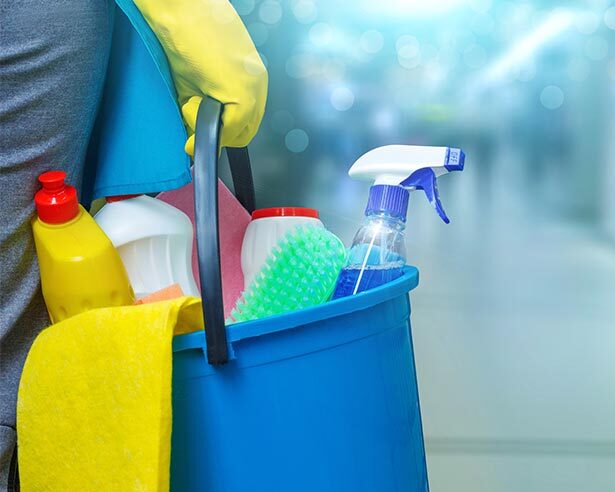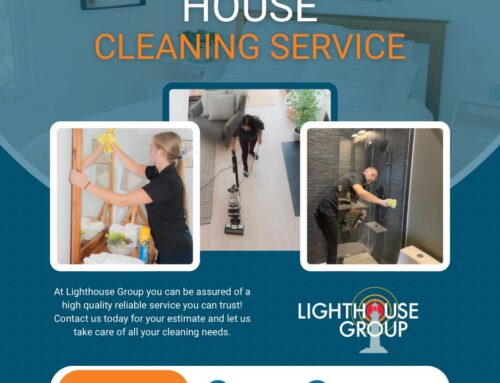In the era of COVID, everyone is concerned about disinfecting methods and frequency. Professionals focus on high touch areas in the home and business environment because that is where viruses and bacteria will accumulate. Over hours or days, high touch surfaces can become concentrated hotspots where germs are transferred more easily to hands and subsequently to mouths or eyes.
Some examples of high touch locations include public restrooms, lobbies, dining establishments, and libraries. High touch surfaces can include doorknobs, handrails, drinking fountains, faucets, and shared items such as pens.
The correct way to sanitize is to first pre-clean the affected surface with a detergent solution then disinfect using a suitable product. Disinfectant solutions usually require a ‘wetting time’ or a period over which the surface must remain wet with the product.
Clean electronics with a 70% alcohol solution applied to wipes or a cloth to minimize risk of damage due to water infiltration. Dry the surfaces thoroughly to avoid pooling of liquids when using a spray applicator. Alcohol is commonly used in laboratories to ensure a germ-free surface.
Bleach is one of the safest and environmentally friendly cleaners we have as it biodegrades to salt. A 2-3% solution in water equals approximately 5 tablespoons (75ml) per gallon. It’s very economical to use in bathrooms and kitchens. After application, wait two minutes for the solution to sanitize the surface.
For soft surfaces and textiles, pre-clean with a detergent and water solution. Use a sanitizer that is approved by Health Canada (or EPA) to disinfect the fabric. If possible, launder the item in hot water and oxygen bleach for the best possible results.
Cleaning solutions can pose a risk to health if used improperly or without protection, such as gloves. Disposable gloves are invaluable when cleaning bathrooms and should be removed afterward to avoid cross-contamination with other parts of the home or business. If there is a potential risk from splashing or spray drift, wear eye protection.
When cleaning with disinfectants, open the windows to ensure good air circulation. Choose a vacuum with a HEPA air filter to reduce particulates in the exhaust. If you have a favourite scent or essential oil, add some to the filter before vacuuming to infuse the home with fragrance.
How often a room should be disinfected is determined by its type and frequency of use. A public bathroom, for example, should be cleaned hourly. At home, high touch points in the bathroom and kitchen should be disinfected daily by spraying with the bleach solution and wiping dry with a clean cloth. Common areas and items can be cleaned less frequently depending on use.
One commonly overlooked area is the family car. Keep a pump bottle of disinfectant in the cup holder so everyone can disinfect their hands after visiting a store. This will keep the interior relatively clean. Disinfect the door handles, keys, steering wheel and other high touch areas during the weekly car wash.
These guidelines will help keep you and your family healthy.
Contact us for a quote for our professional cleaners to clean, disinfect, and sanitize your place of business in Collingwood and area.






